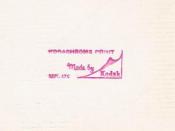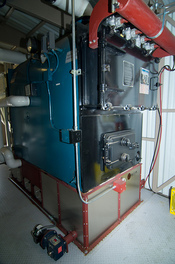Operations Management MSI 514 Prof. Tayi Case Study: Solagen October 11, 2001 While first analyzing this case, it is very easy for one to think and identify William Bolten's problem as purely process efficiency, and statistical evidence. However, further examination of specific details and processes such as corporate image and human resources allow for a much more difficult decision to be made.
Bolten's main problem is to make a very risky decision that will affect his corporation, Kodak, significantly. He knows this he is about to step into the board room where the top executives of Kodak await him. The problem at hand entails the R+D project Solagen, which Bolten and a team of others have been heading. His final decision has to be one of three options. Option one is to go ahead and commit to the full scale, forty-one million dollar construction of a production plant exclusively made to produce Solagen.
A second possible option is to put more time into R+D. This could possibly make this decision a much clearer one than it is currently. Lastly, the easiest and most obvious option in any R+D project is to scrap the whole thing.
Gelatin has been in production for over one hundred and fifty years. During that time the process has not been altered through advances in technology. Essentially, gelatin was made by craftsmen who had spent a good portion of their lives learning the ins and outs of the process. One such man was Randall Sudbury, he was the general manager of one of Kodak's gelatin plants and was a true artisan in the production of gelatin. He was a human gelatin analyst that had thirteen years of experience making the unpredictable product. Using a keen sense of smell and feel he could accurately tell whether...


